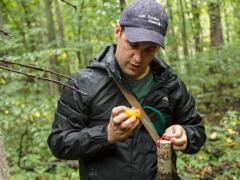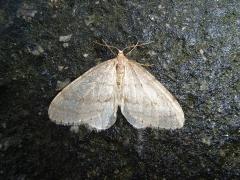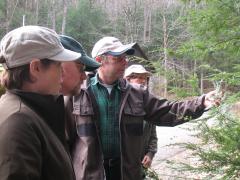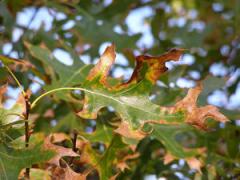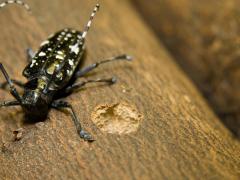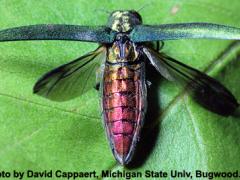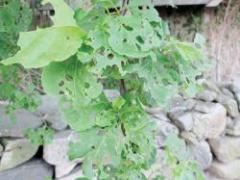Hemlock Woolly Adelgid Update
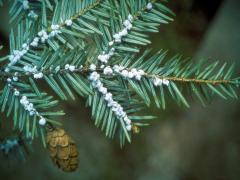
The winter of 2014-2015 was tough on hemlock woolly adelgid; 97 to 99 percent of the sistens, or winter, generation died. The previous winter had similar winter mortality rates. This helped to give hemlock trees a bit of a reprieve. But, while these recent mortality rates have been high enough to temporarily stop the spread of HWA, the trees are still...
